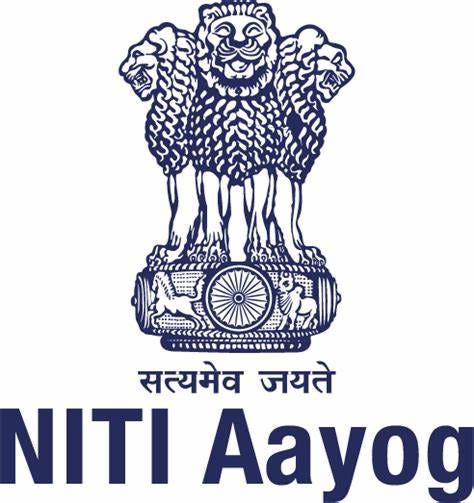Goodhart’s Law and the Cobra Effect in India’s Policy Making
Public policy in India often suffers from a gap between intention and outcome. At the heart of this paradox lie two concepts from economics and social sciences — Goodhart’s Law and the Cobra Effect. Both capture how well-meaning metrics and incentives can backfire, especially in a diverse democracy where welfare delivery faces challenges of scale, leakages, and local adaptation.
Goodhart’s Law and the Cobra Effect: A Primer
- Goodhart’s Law: “When a measure becomes a target, it ceases to be a good measure.” Once metrics are linked to rewards, people start gaming the system rather than solving the real problem.
- Cobra Effect: Named after colonial India, when the British offered money for every dead cobra to reduce their population. Citizens began breeding cobras to kill and sell for reward. When the policy was scrapped, the cobras were released, worsening the problem.
Both highlight how poorly designed incentives distort behavior and create perverse outcomes.
Case Studies from Indian Policy and Welfare Schemes
1. Learning Outcomes in Education
India’s school education policy historically measured success by enrollment and infrastructure — number of classrooms, midday meals, teacher recruitment. As per Goodhart’s Law, once these became targets, states focused on inflating enrollment and building structures, while learning outcomes stagnated. The ASER reports (2005–2022) consistently showed that even after years of schooling, many children struggled with basic arithmetic and reading.
2. MGNREGA (Mahatma Gandhi National Rural Employment Guarantee Act)
The world’s largest employment guarantee scheme aimed at providing 100 days of work per household. But linking performance to “number of person-days generated” led to inflated work records, ghost workers, and incomplete assets. Instead of durable rural infrastructure, the incentive system sometimes encouraged quantity over quality.
3. Janani Suraksha Yojana (Maternal Health)
Cash incentives to institutionalize deliveries reduced home births dramatically. But in several cases, women were rushed into hospitals for monetary reasons without adequate facilities or postnatal care. The target — numbers of institutional deliveries — became more important than the quality of maternal and infant health services.
4. Toilet Construction under Swachh Bharat Mission
The ambitious mission reported near-total household toilet coverage by 2019. However, several surveys revealed issues of toilet functionality, water access, and behavioral usage. The rush to meet construction targets often overlooked sustainability — showing the classic Goodhart’s Law trade-off between numbers vs. actual sanitation outcomes.
5. Fertilizer and Subsidy Policies
Incentives to increase foodgrain production during the Green Revolution led to overuse of urea subsidies, distorting soil health and groundwater tables. Farmers optimized to maximize subsidies and yields, not long-term sustainability — an unintended “cobra effect” that still burdens Indian agriculture today.
Why These Effects Persist in India
- Target-driven bureaucracy — Officers are evaluated on achieving measurable outputs, not nuanced outcomes.
- Political pressures — Short-term results look better in electoral cycles.
- Scale of welfare schemes — With hundreds of millions of beneficiaries, central monitoring relies heavily on metrics.
- Weak feedback loops — Ground-level realities are often masked by inflated reporting.
- Resource constraints — Quantity becomes easier to track than quality.
The Way Forward: Designing Better Policies
- Focus on outcomes, not just outputs — Eg. measuring literacy and numeracy skills instead of only school enrollments.
- Build feedback loops — Independent social audits, community scorecards, and civil society participation.
- Use technology smartly — Aadhaar-linked DBTs, geotagging assets, real-time dashboards to reduce gaming.
- Align incentives with behavior change — Example: moving Swachh Bharat from construction to sustained usage through campaigns.
- Flexibility and local adaptation — One-size-fits-all metrics often fail; decentralization can ensure context-specific outcomes.
Conclusion
India’s welfare architecture is massive and ambitious, but the lessons of Goodhart’s Law and the Cobra Effect remind us that badly designed metrics can derail even the best policies. True success lies not in ticking boxes but in improving lived realities — healthy mothers, educated children, sustainable agriculture, and dignified rural employment.
As India moves towards becoming the world’s third-largest economy, its governance must also mature from counting numbers to measuring impact.
